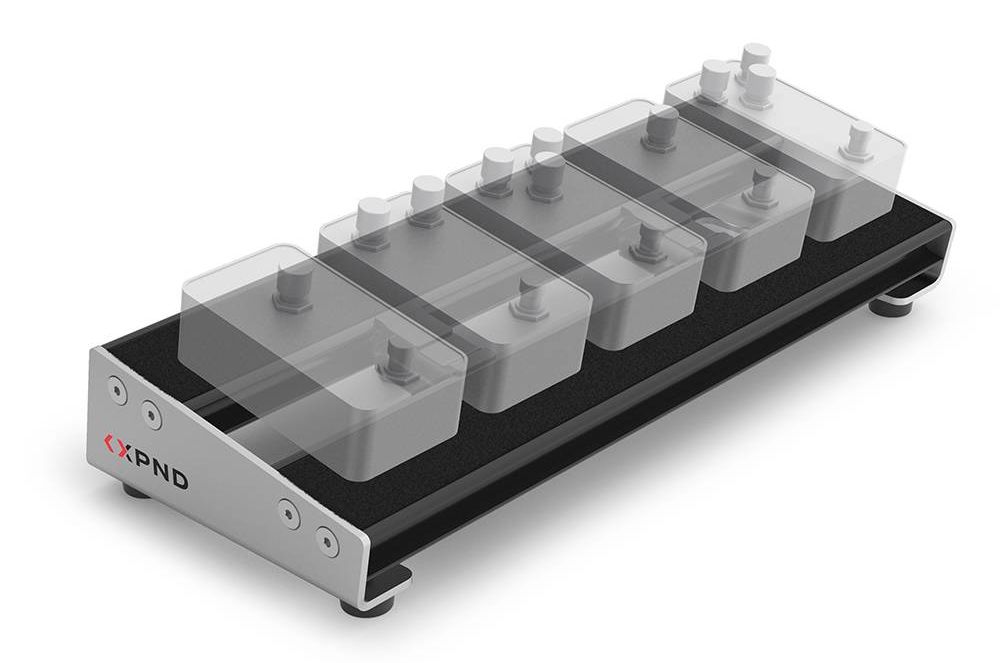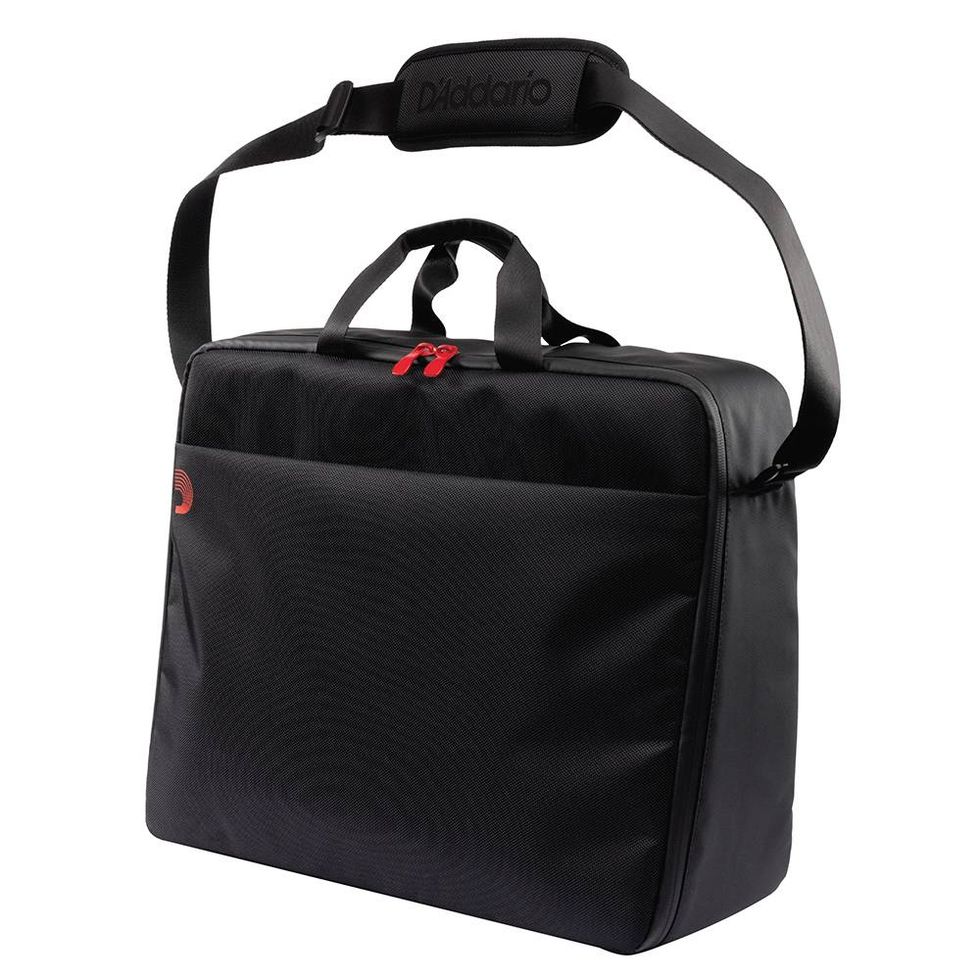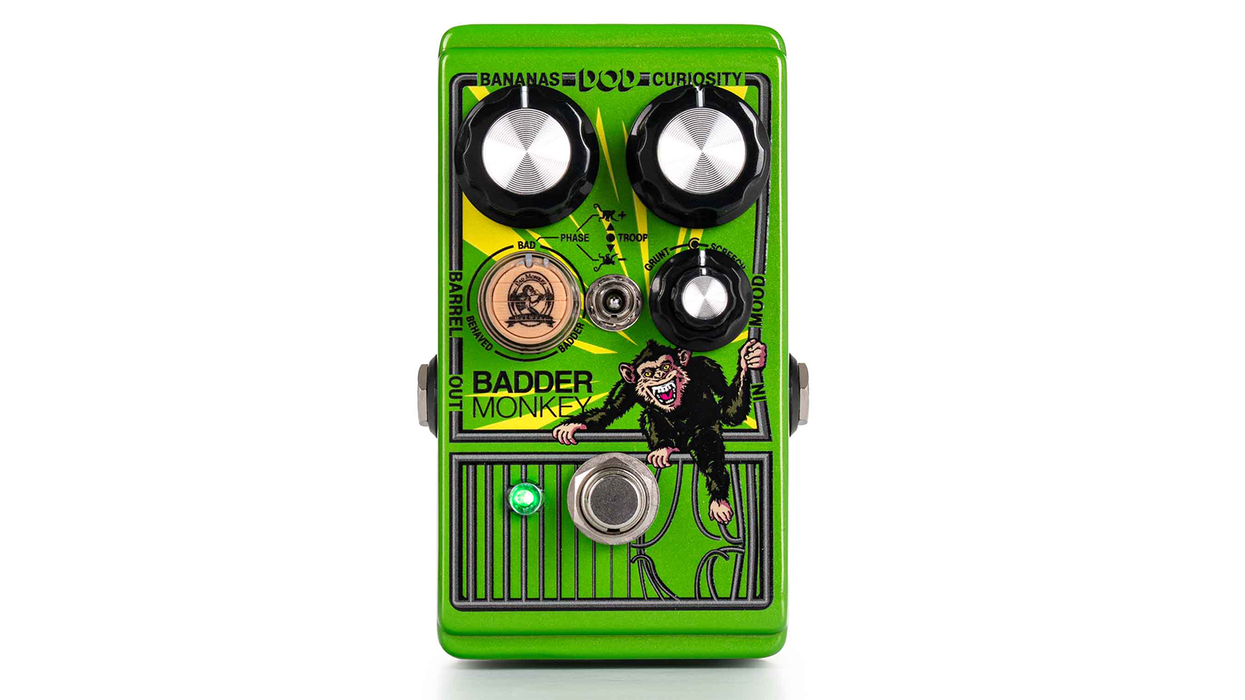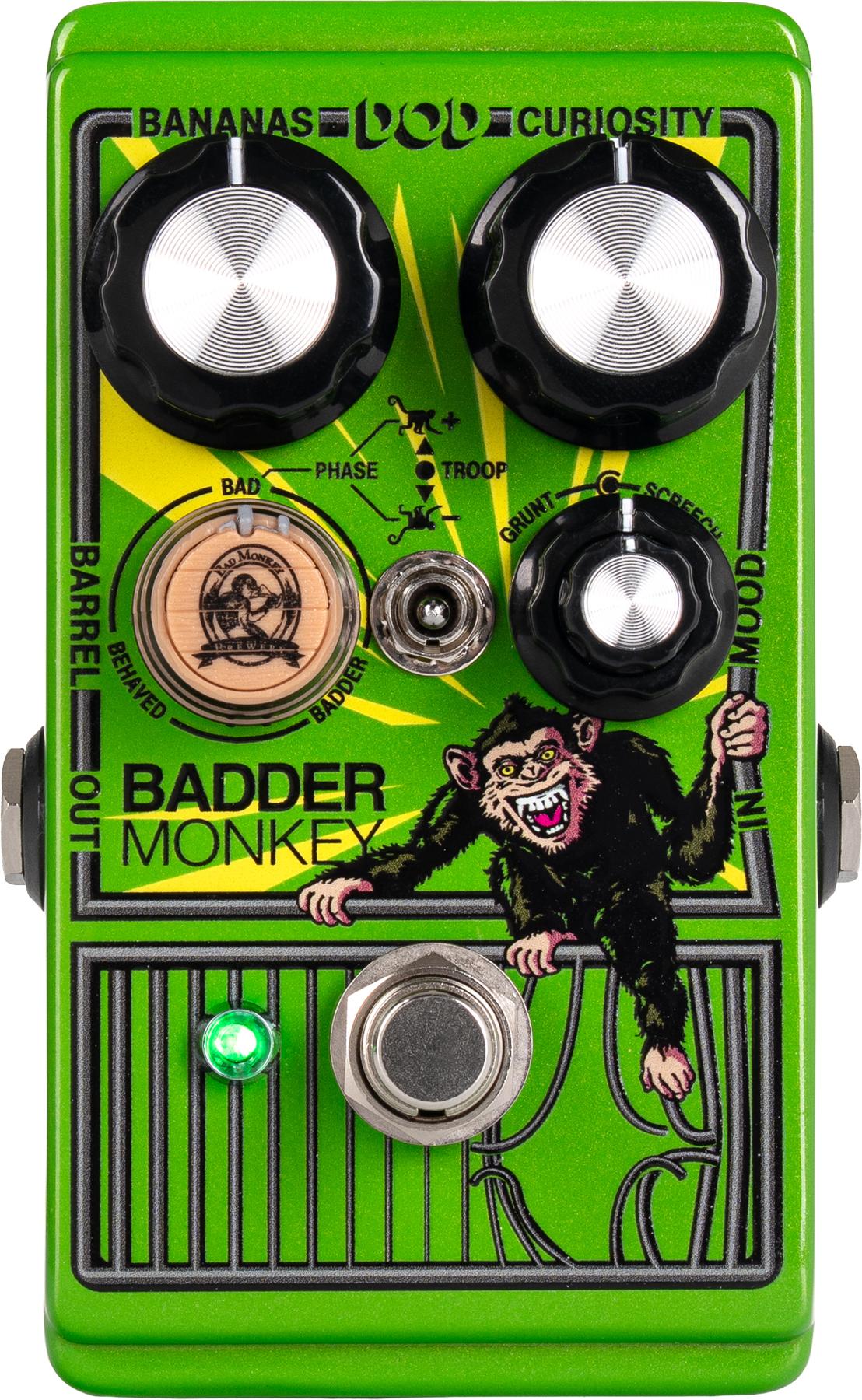Hello Zachary,
On Father’s Day weekend, I found this guitar at a local garage sale in Bellevue, Washington, for $20—including gigbag, cables, spare strings, and a little Danelectro amp. I’ve tried researching Kingston guitars, but can’t come up with much.
I’ve put new strings on it and, other than some dust and grime gathered over the years, the guitar is in great shape. There is a little crackling if the cable is touched while connected, but otherwise, the electronics seem solid. Both pickups and associated switches work, and the volume and tone pots function without noise.
Intonation is difficult since the bridge is a bar of metal with grooves cut into the top. The whammy bar works and provides a nice warble in a limited range. Action is a bit high at the moment, and adjustment is limited to bridge height unless I shim the neck (no truss-rod adjustment is obvious). Still, the short scale and light strings make it easy to play anyway.
The owners used a camera strap with metal clips instead of a guitar strap, leaving some marks in the finish around the strap buttons. Besides those marks, the finish is great. I’ll probably open it up soon to clean the electronics a bit and see about shimming the neck to lower the action.
Is this a treasure, or a piece of trash?
Thanks,
Jeff Miller in Redmond, Washington
Hey Jeff,
What you have yourself here is a vintage/modern guitar-player pack, and all for 20 bucks! It sounds like you have given this guitar more attention in the past few months than it has seen in the past 50 years.
Kingston guitars were built in Japan and imported into the U.S. by Jack Westheimer, who was an early pioneer of importing and distributing Japanese instruments during the late 1950s and 1960s. At first, Kingston guitar models were limited to acoustics that were similar in style to Harmony’s Stella line. Westheimer’s electric line at the time was built in Japan by Teisco and branded as such before the name changed to Teisco Del Ray. By the mid-1960s, however, Westheimer was no longer importing Teisco (or Teisco Del Ray) guitars, and he turned his attention back to the Kingston trademark, but added electric guitars this time.
Unfortunately, there is very little documentation or early catalog literature on the Kingston brand, so it is nearly impossible to date their guitars or group them into series. However, we do know that these guitars were likely built by Kawai, Teisco, and/or Guyatone (other manufacturers are possible as well). At the time, Kawai was building guitars in the style of a Fender Jazzmaster as well as the uniquely shaped Burns double-cutaway. Your guitar has more of a Strat-shaped body and I have seen it called a “Swinga,” but I wasn’t able to find another exact comparison in my research. I think your guitar was made by Kawai in the mid-to-late-1960s, because Westheimer was likely done with Teisco when this guitar was built, and it doesn’t really look like a Teisco from that era anyway.
Through the late 1960s, Westheimer offered a wide range of Kingston instruments including electric basses and hollowbodies (and even amplifiers). By the mid-1970s, it was becoming increasingly expensive to build guitars in Japan, so Westheimer shifted production to Korea by building a factory there, which became Cort. Kingston guitars existed in one form or another through the 1970s and even in the early 1980s, but Westheimer was finding great success building budget and entry-level guitars in his Cort factory for big U.S. guitar companies such as Kramer, B.C. Rich, and Epiphone.
The characteristics of your Kingston are very similar to what other owners have reported: occasional scratchy and erratic performance of the electronics, intonation problems, and action that is hard to control (notably due to the lack of a truss rod). Although I can’t verify this, one estimate indicates that over 150,000 Kingston guitars were sold in the U.S. during the 1960s! It’s obvious that quantity trumped quality when it came to producing the guitars, and it isn’t surprising that the electronics have some issues after all these years.
Kingston guitars (regardless of the model) are generally worth between $50 and $200 today, and your instrument falls within that range. There are some extremely clean examples of these for sale at around $250, but they’ve also been for sale for a while. Getting a complete player pack for $20 is a no-brainer, but don’t expect this to be anything more than, well, a beginner guitar. Also, don’t worry about decreasing the value by opening up the guitar to clean it or shimming the neck to try to correct the action. For something like this, it’s all about playability—not collectability.



















![Rig Rundown: Russian Circles’ Mike Sullivan [2025]](https://www.premierguitar.com/media-library/youtube.jpg?id=62303631&width=1245&height=700&quality=70&coordinates=0%2C0%2C0%2C0)








